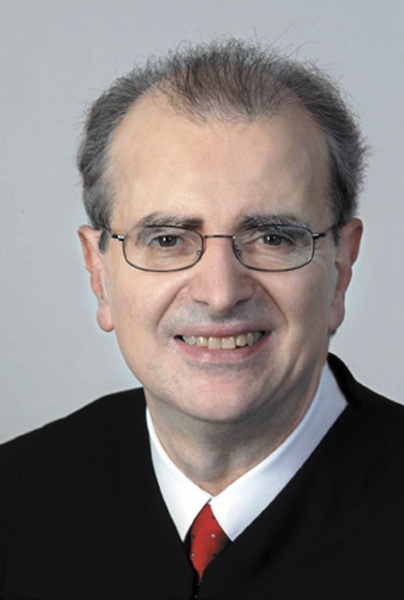Chief judge’s plan for court system finds support in Brooklyn

Earlier this week, Jonathan Lippman, chief judge for the State of New York, gave his annual State of Judiciary Address in Albany. Under the theme of “Let Justice be Done,” Lippman laid out a series of proposals to assist the court system as it tries to remain strong and efficient amid budget constraints and a national economic crisis.
In the criminal justice realm, Lippman suggests revamping the current bail system in a myriad of ways. “In almost every other state, judges are required by statute to consider public safety when making a bail determination. In New York, they are not required, or even permitted, to do so,” Lippman said.
As a result, Lippman asserted, “defendants may be put back on the street with insufficient regard to public safety, with possibly catastrophic consequences.”